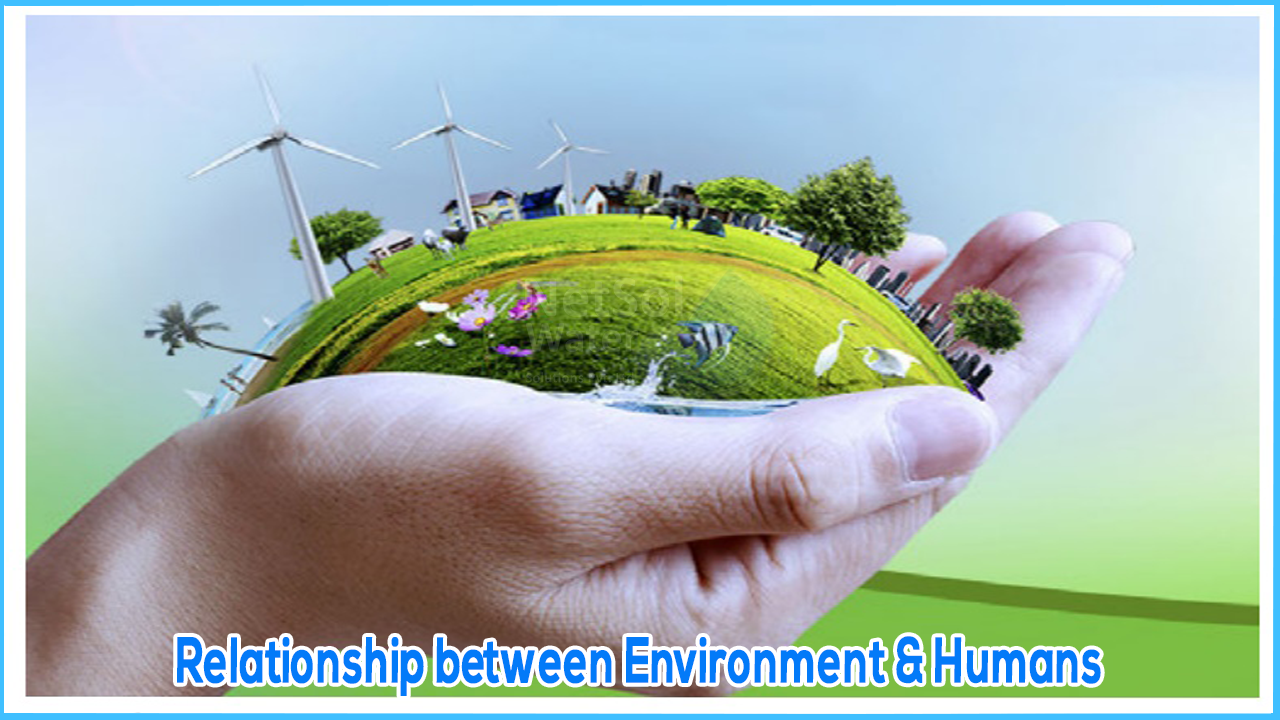What’s the relationship between Environment & Humans?
Growing population and industrialization have put forth tremendous number of problems to the environment. Over exploitation have taken over resources which were beneficial to generations. The overuse of these precious resources has led to depletion of the environment we live in. Hence it is the most important duty of humans to conserve these resources before we lose them permanently. In order to acquire more information about the conservation of resources, one should understand how different genders, races, division of labour and distribution of property affect the same.
The relation of humans (men and women) needs to be understood in order to access the interaction of humans with environment. So far we haven’t discriminated how difference based on gender, caste, division of labour and distribution of property interacts with environment. To make this easily understandable, let’s take an example of poor peasant and tribal women who are responsible for fetching food and wood from mountains. They are thus certain to the adverse effects caused by environment degradation. It can be also added that there continuous interaction with nature, they are vulnerable to achieve knowledge of varying species and the regeneration process in the environment. One can easily infer that they can be easily seen as victims of the destruction and at the same time they can be called as knowledge repositories. This aspect provides the gendered impulse for resistance and reactions to the environmental destruction.
Another aspect may be understood as perception and choices of what should be done. On the basis of experimental knowledge acquired, they can certainly provide better perspectives to save the environment from degradation. Women who are no longer using the knowledge they acquired are no longer in the contact of environmental regeneration and are likely to lose whatever they have acquired. Additionally there is no possibility of transmission of knowledge to other in the latter case. In this concept, the link between women and the environment can be seen as gender based. Ideally the term “environmentalism of humans” is the perspective that determines the relation and link of humans with environment regeneration. On the basis of this there would be need to challenge and transform both perspectives about gender and actual division of work. The resources between the genders can also play a vital role in the above perspective. The actual methods that have been employed can be criticized and new methods can be employed in order to ascertain better and optimized notions provided on gender, caste and race basis. The focal point of the whole discussion is clocking around rural women of India who are in direct interaction with the nature and have suffice knowledge about it.
Women play a vital role in managing resources if we consider any urban family. This is an added advantage that can help with better quality and resource allocation. Women are the ones who are mostly affected by environmental degradation. If we look around the world it will be easy to understand that how women are managing water, fuel, and food. The knowledge they have acquired can be easily utilized in any environment conservation program. This perspective is what most of researchers as of now call feminism in environmentalism.




